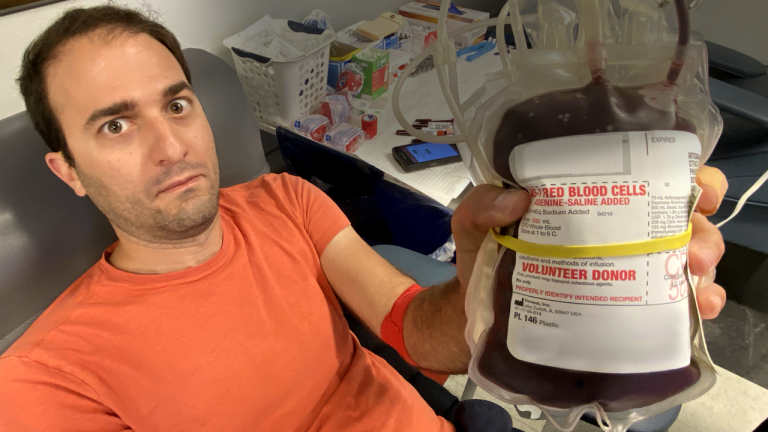Back to Show
Reactions
Challenger: The Real Story of an Avoidable Disaster
Season 6
Episode 7
On January 28, 1986, the Challenger Space Shuttle broke apart just 73 seconds into its flight. All seven crew members aboard were killed and space travel was changed forever. We explain the science behind this tragic, avoidable accident, and what scientists, engineers, and ethicists have learned from it over the last few decades.
Sign up now for inspiring and thought-provoking media delivered straight to your inbox.
Support Provided By

11:30
We explore what happens to space debris closest to the earth.

12:47
We look at the century-long quest for the Holy Grail: synthetic blood.

13:38
The process might be relatively simple but it's dangerous and illegal without a license.

9:32
Gas stove ranges are polluting our homes.

13:43
We look at the science behind the whole process, from sap to syrup.

11:50
With the right cleaning methods, we can turn the dirtiest water into safe cleaning water.

9:12
Counterintuitively, you do it with explosives.

12:10
We’re gonna dive into the controversial chemistry of water's unusual properties.

10:03
Plot twist: Toxic Anhydrous ammonia is responsible for 50% of the food on your table.

8:43
It all has to do with the octane rating!

7:29
This is a deeper dive into how complicated and climate based hibernation is.

10:50
There is so much more to these “negatively charged particles” than we've thought.











